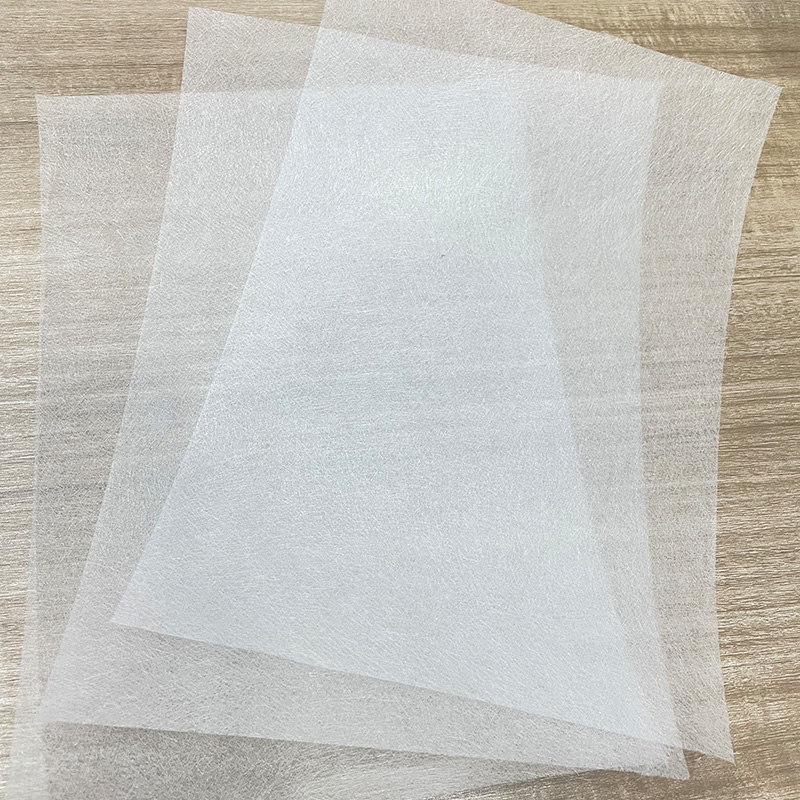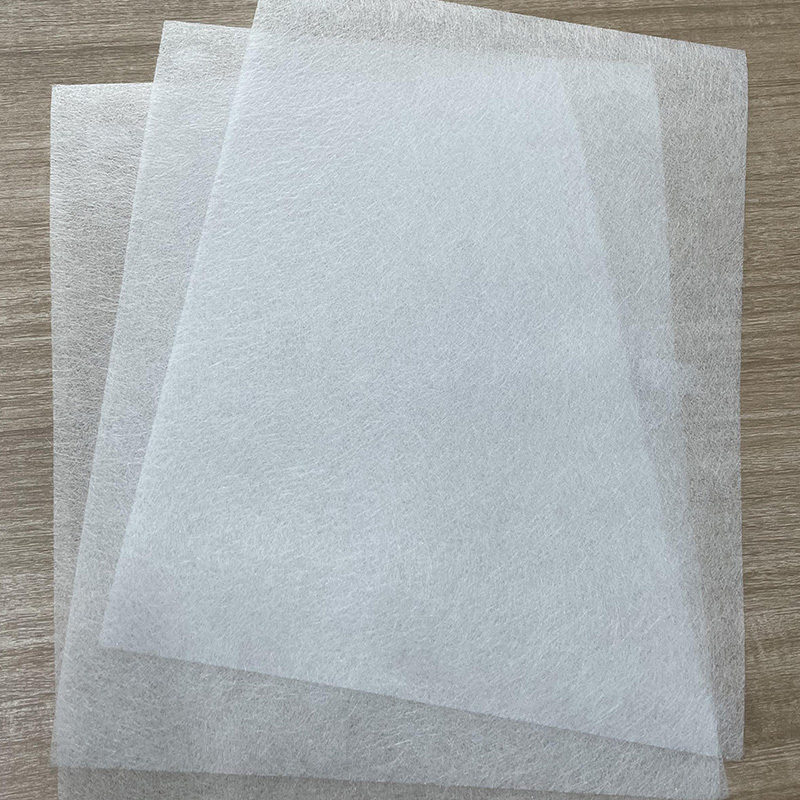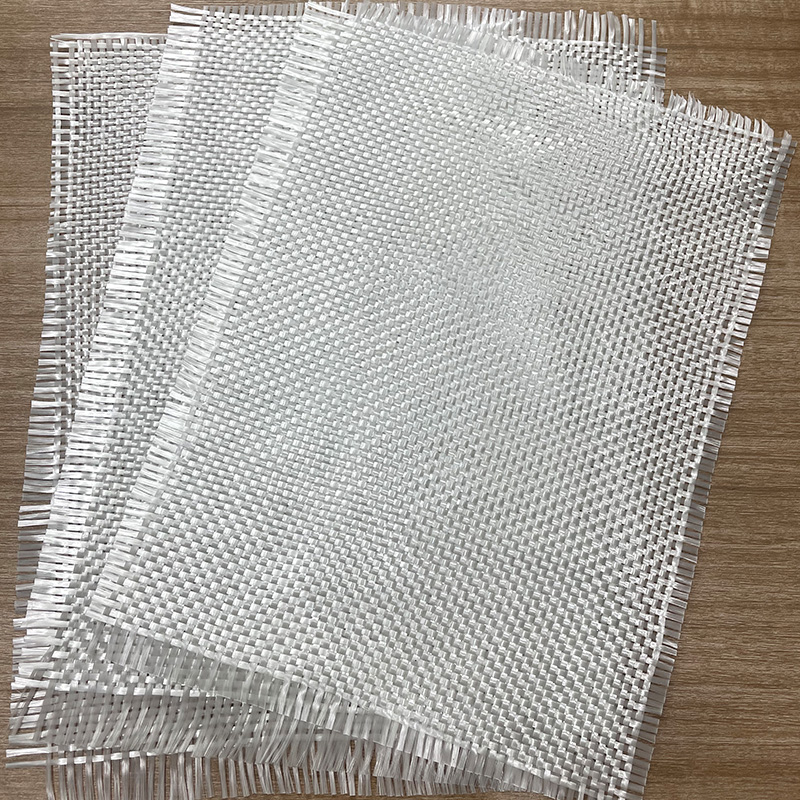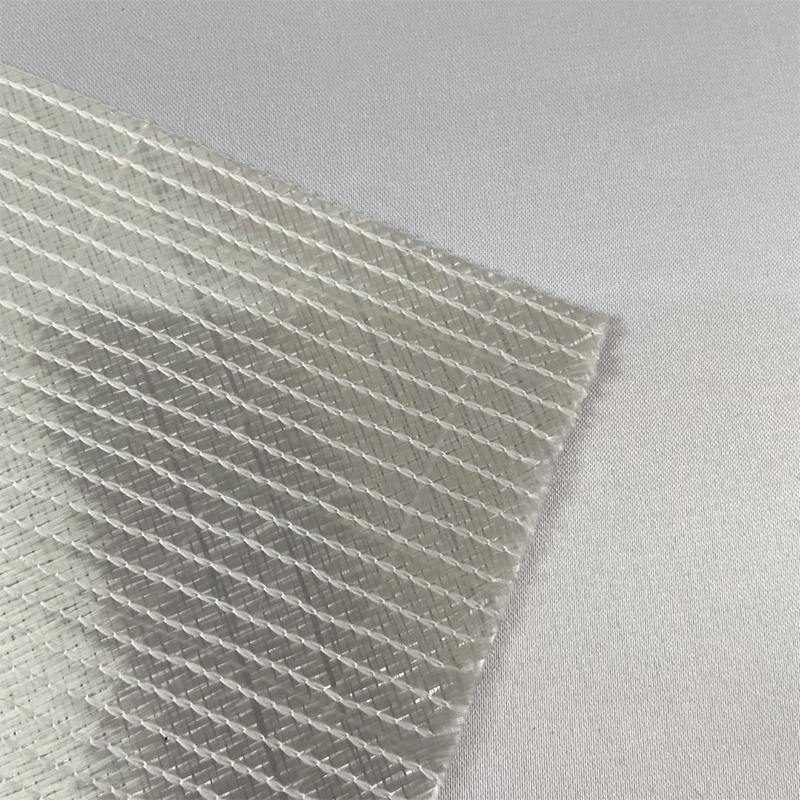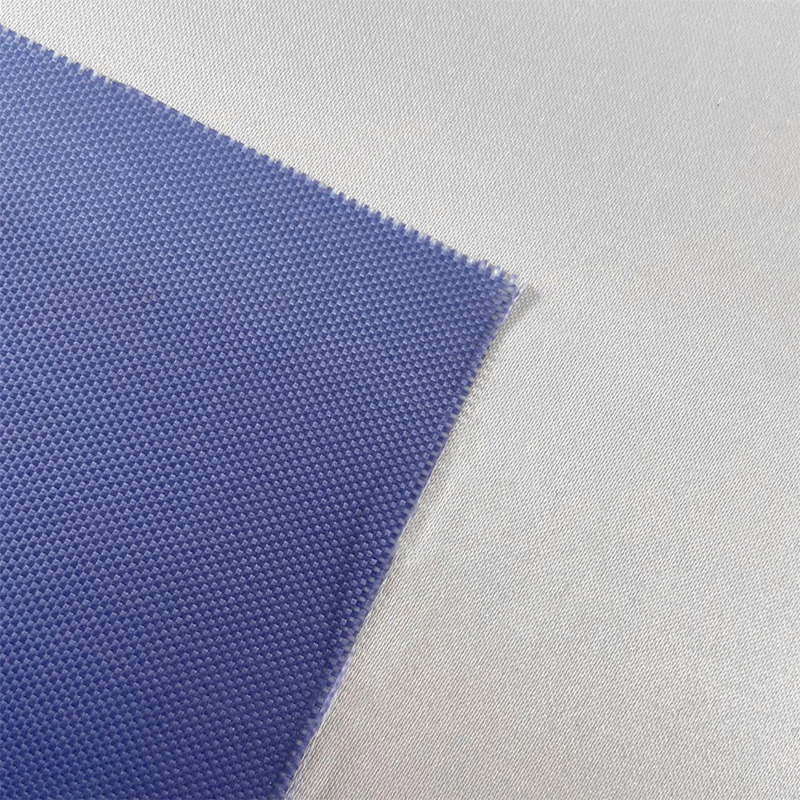Understanding the Fundamental Role of Glass Fiber Matting
The operational lifespan and efficiency of modern pipeline infrastructure, particularly those transporting vital resources or waste, depend critically on robust external protection. Glass fiber matting serves as an indispensable component in achieving this resilience. This material is not merely a covering; it is a structural reinforcement and a reliable substrate designed to work synergistically with bituminous compounds, resin systems, or other coatings. Its unique non-woven structure provides high tensile strength, excellent flexibility, and a uniform platform that readily accepts and saturates with the impregnating agent, ensuring a cohesive and impermeable protective shell around the pipe. The correct selection and application of this mat are the first defense against premature failure and the high costs associated with remediation.
The Core Composition and Function in Pipeline Systems
The fundamental strength of glass fiber mat lies in its composition: countless fine glass fibers bonded together. This construction grants the material dimensional stability, resisting tearing and deformation during the pipe wrapping process. Functionally, when saturated, it creates a formidable composite layer. This layer encapsulates the pipeline, acting as a crucial intermediary barrier that absorbs mechanical stresses, enhances the adhesion of the protective coating to the pipe surface, and uniformly distributes the coating thickness. This prevents localized weak points and ensures consistent performance across the entire wrapped segment, which is vital for maintaining the structural soundness of the underlying metallic or composite materials.
Defending Subterranean Assets: Corrosion Protection with Fiberglass Mat
Underground pipelines are constantly exposed to hostile environments, including corrosive soil chemistry, stray electrical currents, and high moisture content, all of which accelerate the degradation of the pipe material. The integration of a fiberglass mat is a cornerstone strategy in mitigating this destructive process. When utilized in conjunction with asphalt or coal tar enamels, the mat acts as a skeletal structure that transforms the liquid coating into a tough, durable, and crack-resistant shield.
Chemical Resistance and Barrier Formation Against Environmental Threats
The inherent chemical inertness of glass fiber makes the mat highly resistant to acids, alkalis, and microbial attack commonly found in burial conditions. By forming a stable, non-rotting barrier, the mat prevents aggressive environmental media from reaching the pipe wall. The fully saturated wrap ensures a monolithic seal, effectively eliminating porosity and the capillary action that could draw moisture and corrosive ions toward the pipe surface. This protective composite layer significantly extends the anti-corrosion life of the pipeline, translating directly into enhanced safety and operational continuity.
Achieving Optimal Temperature Control: Insulation Performance
Beyond its anti-corrosion properties, glass fiber mat is highly valued for its role in thermal management. In applications where temperature regulation is critical, such as hot oil or steam lines, insulation materials are paramount. The loose, fibrous structure of the mat effectively traps air, which is a poor conductor of heat, making it an excellent base material for thermal insulation systems.
Minimizing Heat Loss and Maintaining Process Efficiency
When incorporated into a multi-layer insulation jacket, the glass fiber mat provides both structural support for the insulation medium and contributes to the overall thermal efficiency. For processes that require maintaining a high fluid temperature, this layer drastically reduces heat dissipation to the surroundings, thereby conserving energy and ensuring the fluid remains at the desired processing temperature over long distances. Conversely, for cryogenic or chilled lines, it prevents the intrusion of external heat and condensation, which could otherwise lead to system icing or thermal inefficiency.
Practical Application Methods for Durable Pipe Wrapping
Successful long-term performance hinges not only on the quality of the mat itself but also on the precision of its application. While specialized machinery exists for high-volume operations, manual wrapping techniques, particularly for field repairs or irregular sections, remain crucial, and the material’s flexibility and conformity are key advantages.
Step-by-Step Guide to Ensure a Secure and Seamless Installation
The process begins with thorough preparation of the pipe surface, which must be cleaned and primed to ensure optimal bonding. Following preparation, the mat is typically saturated with the chosen coating compound (e.g., bitumen, resin) just prior to application. The wrapping itself must be applied with consistent tension and a minimum specified overlap to guarantee a continuous, multi-layered thickness. Care should be taken to smooth out any air pockets or wrinkles as the material is spiraled around the pipe, ensuring complete saturation and full contact with the underlying surface. Proper curing time must be observed for resin-based systems to allow the protective composite to achieve its maximum mechanical strength before the pipeline is placed back into service or buried.
Extending Service Life and Reducing Operational Costs
The initial investment in high-quality glass fiber pipe wrapping material is quickly justified by the substantial long-term savings generated through its protective capabilities. By preemptively preventing corrosion and minimizing temperature fluctuations, operators avoid costly and disruptive maintenance interventions.
The Economic Advantage of Proactive Material Selection
Choosing a durable, engineered fiberglass mat significantly extends the interval between required pipeline inspections and major repairs. This reduction in the total lifecycle cost, encompassing materials, labor, and downtime, makes the fiberglass wrap a highly cost-effective alternative to frequent, localized repairs or the eventual premature replacement of large pipeline sections. Its resilience against environmental degradation is a powerful hedge against future capital expenditures.
Critical Applications Beyond Standard Industrial Use
While frequently used in water and sewer systems, the high-performance attributes of glass fiber mat make it essential for more demanding, high-stakes environments where material failure carries severe consequences.
High-Stakes Environments and Specialized Wrapping Requirements
In the critical oil and gas sectors, for instance, pipelines often traverse remote, chemically active, or highly stressed terrains. The mat used in these applications, frequently pre-impregnated or specifically engineered for use with high-performance epoxy resins, must meet stringent industry standards for tensile strength, impact resistance, and long-term dielectric performance. Its application provides an extra layer of mechanical reinforcement and chemical isolation vital for safeguarding vast energy transportation networks against catastrophic leaks and ensuring regulatory compliance.
Final Considerations for Pipe Wrap Material Selection
Selecting the appropriate glass fiber mat involves evaluating the specific environmental and operational challenges of the pipeline project. Factors such as soil resistivity, operational temperature, fluid type, and external stresses all influence the choice of mat weight, binder type, and required coating compatibility.
Durability, Longevity, and Environmental Resilience
The ideal glass fiber mat provides a superior balance of mechanical properties and chemical resistance. It contributes to a final pipe coating system that is durable enough to withstand backfilling and ground movement, possesses the longevity to perform reliably for decades, and maintains environmental resilience against the most aggressive media. This strategic layer ensures the long-term, uninterrupted service of the essential infrastructure it protects.

 English
English 中文简体
中文简体 русский
русский Español
Español
